Is Wearing Second-Hand Clothes Safe? | Uncover the Safety of Second Hand Clothes Now!
Are you worried about the safety of wearing second-hand clothing? While it’s generally safe, concerns about transmissible diseases and hygiene risks arise from time to time. This blog post will provide an in-depth look at potential health risks linked to used clothes and practical tips for safe shopping.
Keep reading as we debunk popular myths and equip you with essential know-how on navigating preowned fashion safely.
Key Takeaways
- Wearing second – hand clothes can potentially pose health risks, including parasitic infections, allergic reactions, skin irritation, and chemical exposure.
- To ensure safe second – hand clothing, it’s important to inspect the quality and condition of the clothes before purchasing them. Additionally, proper cleaning and disinfection methods should be used before wearing them.
- Maintaining good personal hygiene practices such as washing hands before and after handling or trying on second-hand clothes is important for safety.
Potential Health Risks of Wearing Second-Hand Clothes

Wearing second-hand clothes can potentially pose health risks, including parasitic infections, allergic reactions, skin irritation, and chemical exposure.
Parasitic infections
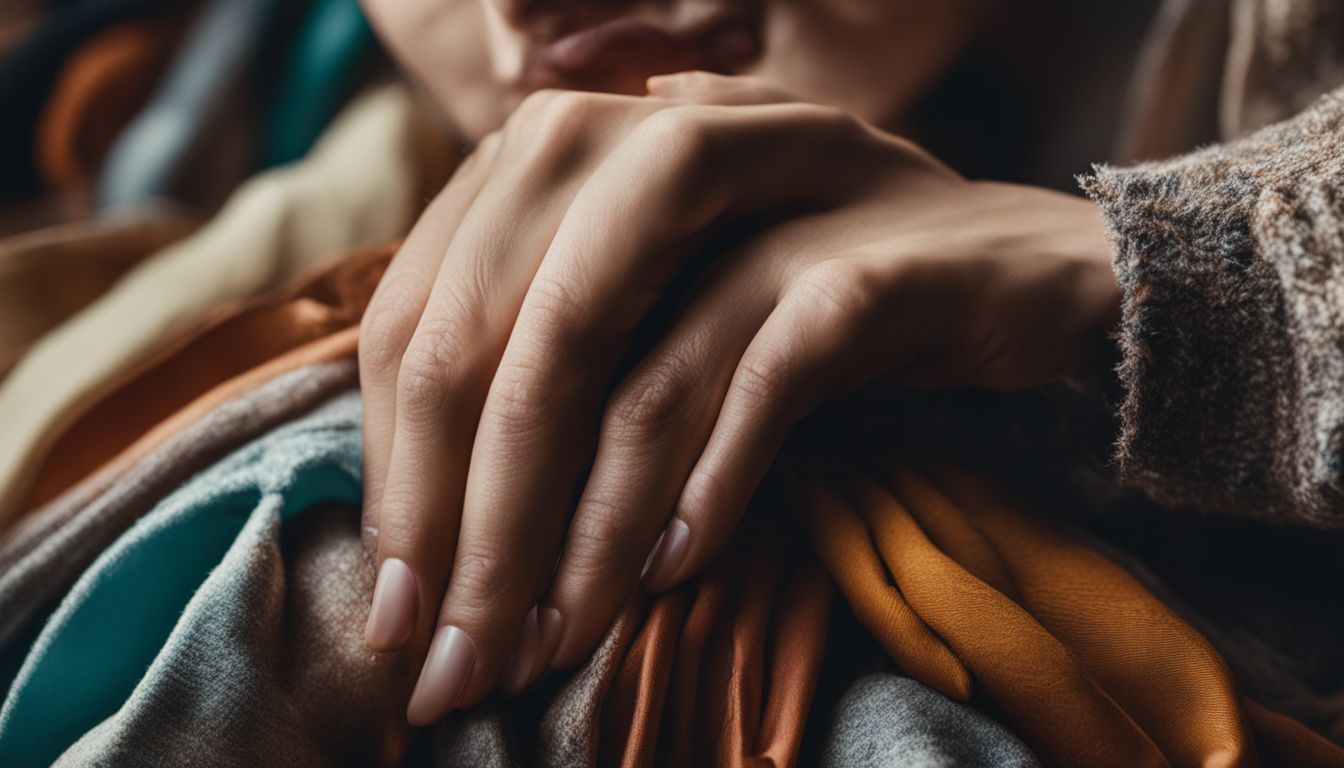
Bugs can live on second-hand clothes. Some bugs can cause sickness. These are called parasites. Parasites are not nice to think about, but they need to be talked about. Small bugs like lice or scabies mites are common parasites in used clothes.
They can move from the clothes onto your skin. This makes you very itchy and uncomfortable. Washing and drying the clothes at a high heat will kill these parasites for sure.
Allergic reactions
Wearing second-hand clothes can sometimes cause allergic reactions. Some people may be sensitive to certain fabrics or dyes used in the clothes, which can lead to itchiness, redness, and rashes on the skin.
It’s important to pay attention to how your body reacts when wearing second-hand clothing. If you notice any signs of an allergic reaction, it’s best to avoid wearing those particular items again or consider getting them properly cleaned before wearing them.
Disinfecting second-hand clothes can help remove potential allergens and reduce the risk of experiencing any adverse reactions.
Skin irritation
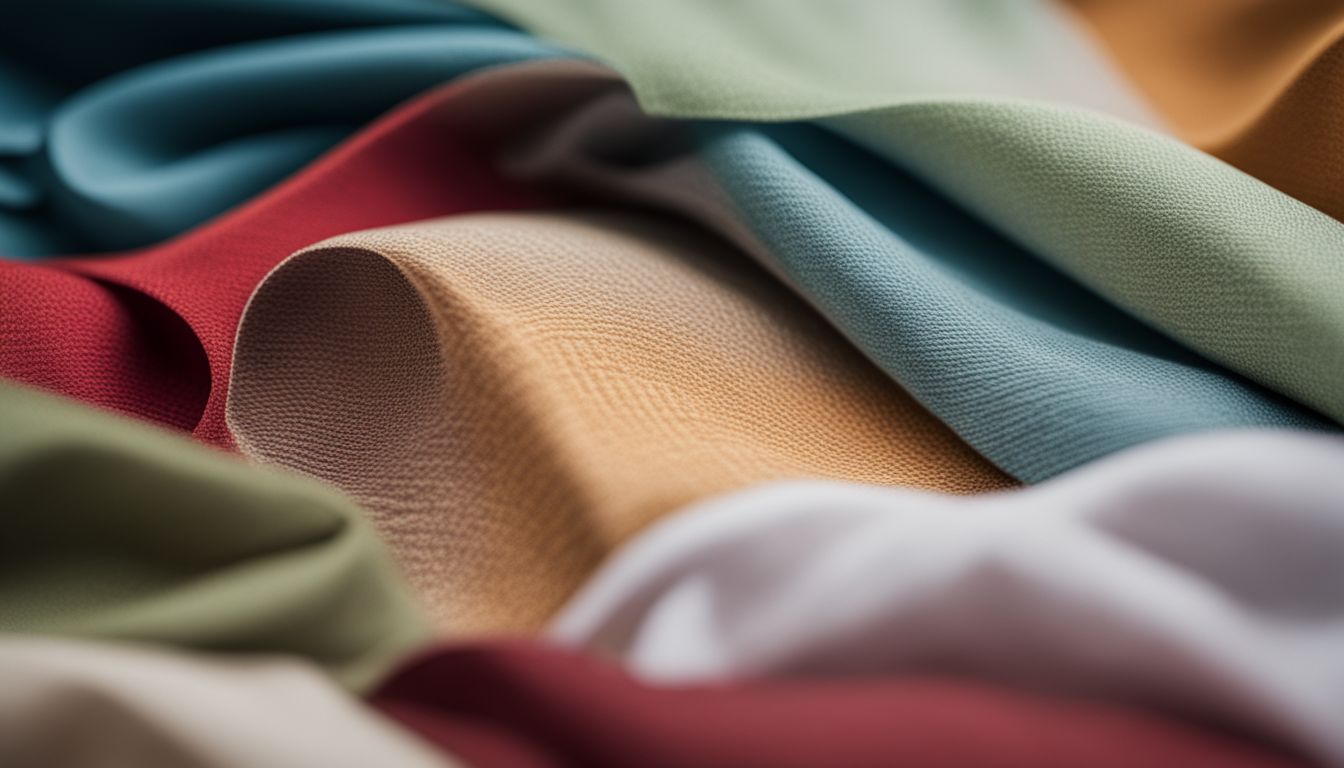
Wearing second-hand clothes can sometimes cause skin irritation. This can happen if the clothes haven’t been properly washed or if you have sensitive skin. The fabric, detergents, or any chemicals used on the clothes could be irritating to your skin.
To minimize the risk of skin irritation, it’s important to inspect and wash the second-hand clothing before wearing it. This will help remove any potential allergens or irritants that may be present on the clothes.
Additionally, choosing clothes made from natural fibers like cotton or linen can also reduce the likelihood of skin irritation.
Chemical exposure
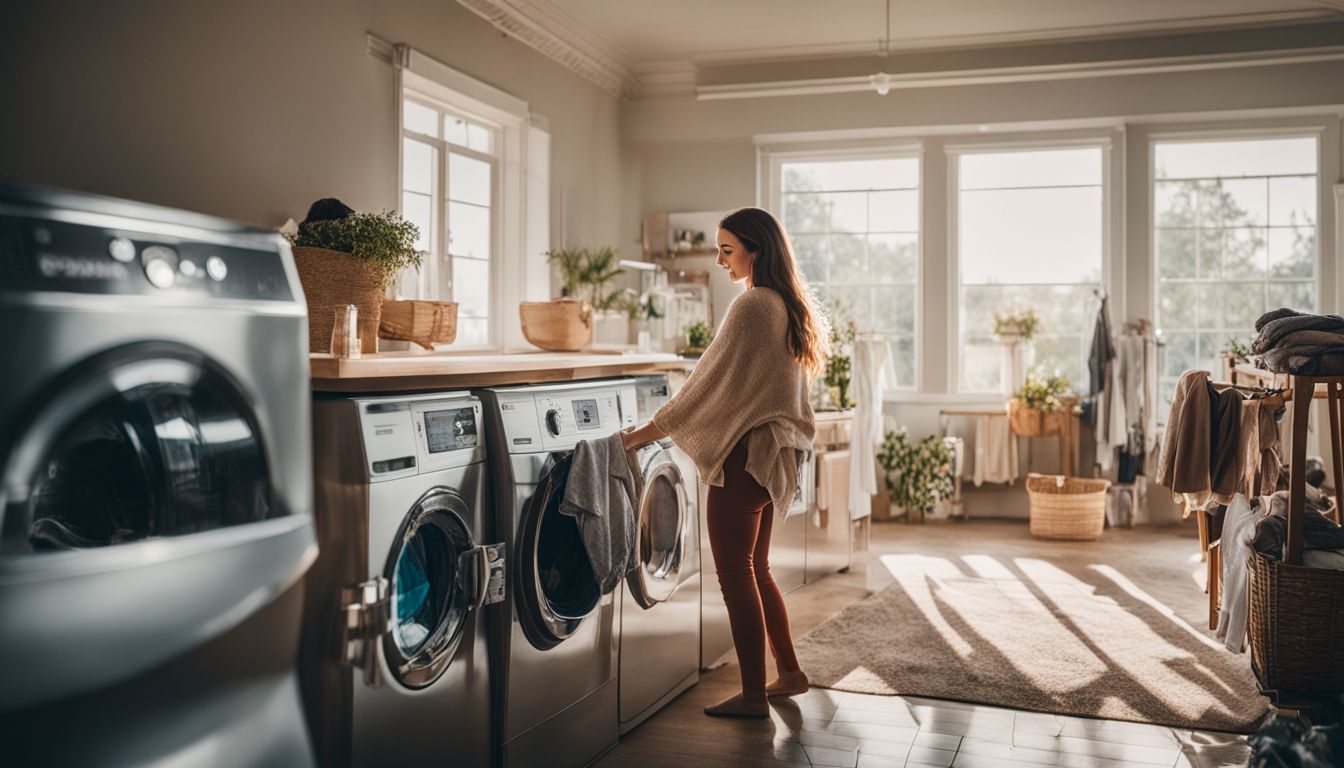
Chemical exposure can be a potential health risk when wearing second-hand clothes. Some clothing items may have been treated with chemicals like dyes, pesticides, or flame retardants.
These chemicals can linger on the fabric and come into contact with your skin. While the level of exposure is generally low, prolonged contact and repeated wear of these clothes could increase the risk of adverse reactions such as skin irritation or allergic reactions.
It’s always recommended to wash any second-hand clothes before wearing them to reduce the chance of chemical exposure.
Factors to Consider for Safe Second-Hand Clothing

When shopping for second-hand clothing, it is important to consider the quality and condition of the clothes, as well as the cleaning and disinfection methods used. Additionally, maintaining good personal hygiene practices can further ensure safety.
Click here to learn more about how to safely enjoy wearing second-hand clothes.
Quality and condition of the clothes
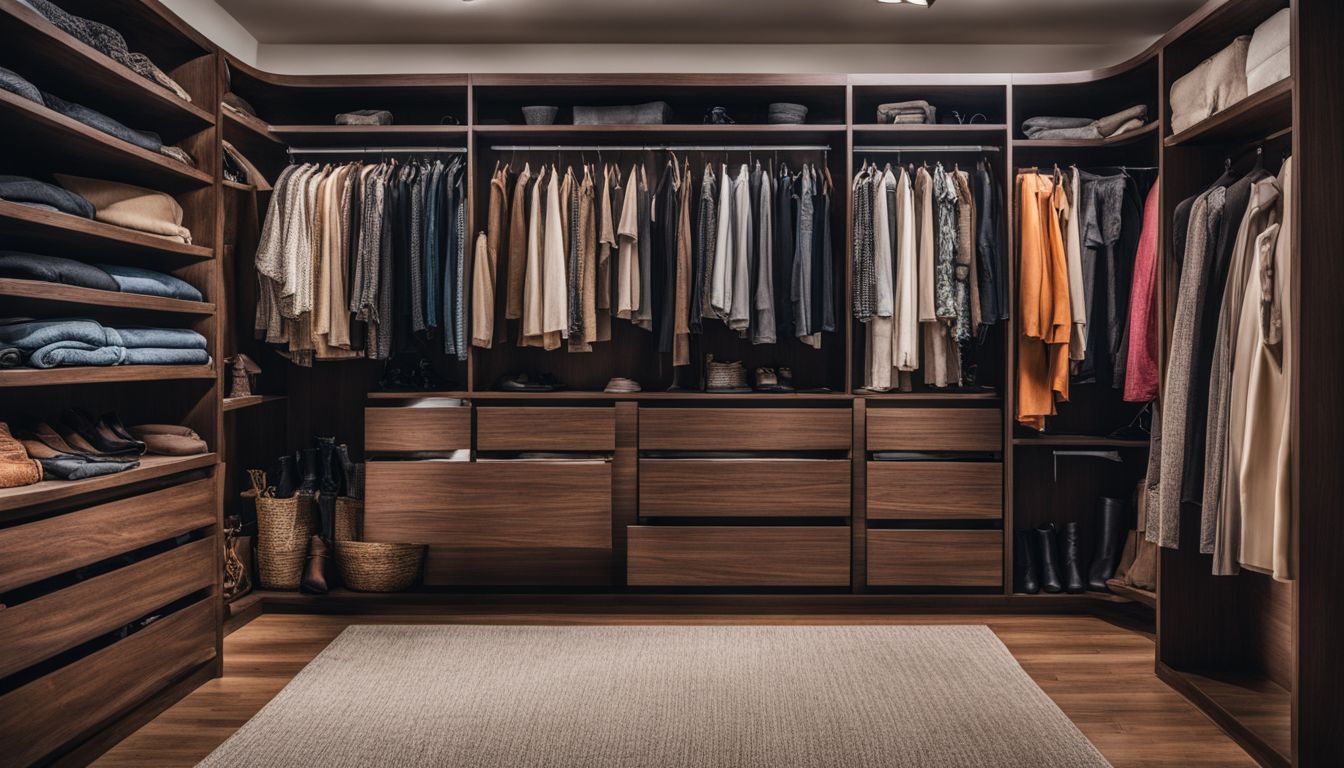
The quality and condition of the clothes you buy are important when it comes to wearing second-hand clothing safely. It’s good to know that many second-hand clothing sites and stores only accept items in good condition, so you can trust that the clothes have been inspected before being sold.
However, it’s still a good idea to inspect the clothes thoroughly yourself before buying them. Look for any visible stains or damages that could affect their safety or durability. By paying attention to the quality and condition of the clothes, you can make sure they’re safe and enjoyable to wear without any worries.
Cleaning and disinfection methods
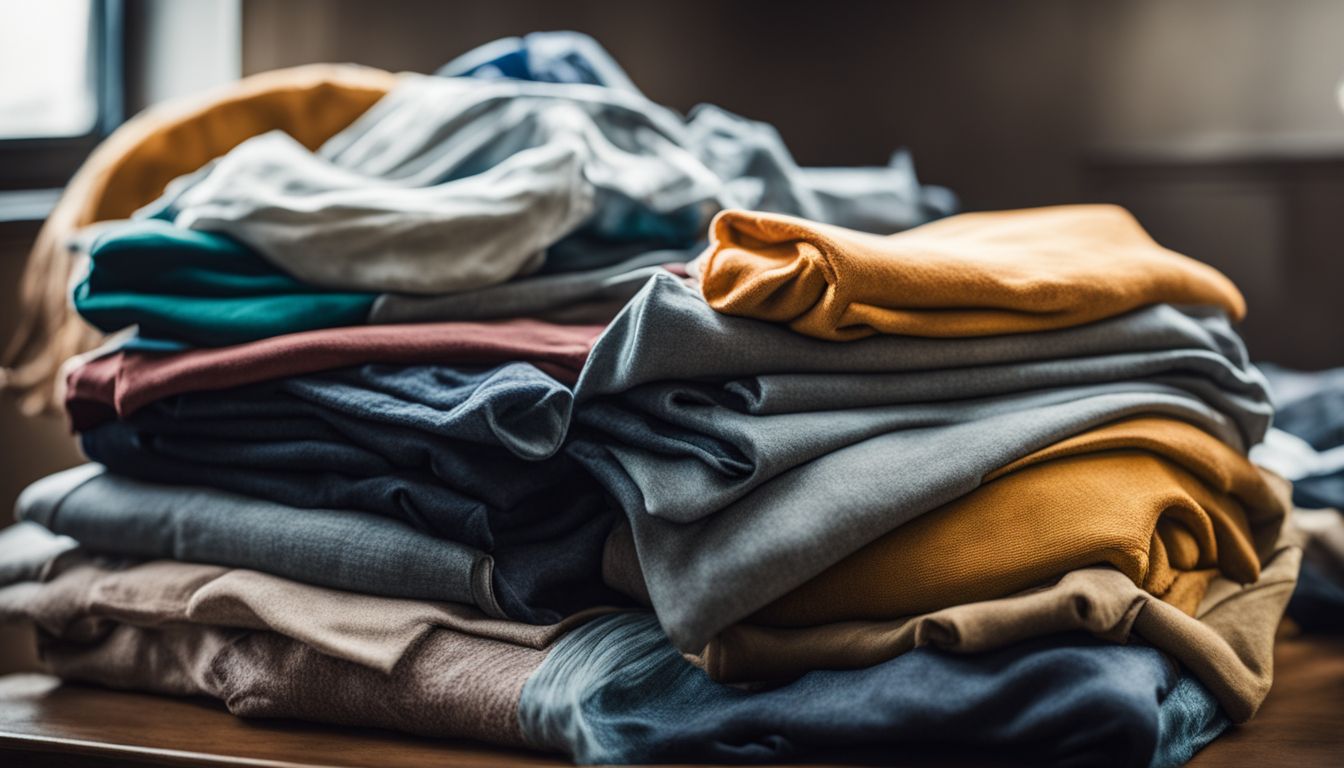
To ensure safe second-hand clothing, it’s important to clean and disinfect the items properly before wearing them. Here are some methods you can use:
- Machine Wash: Wash the clothes in a washing machine using hot water and regular laundry detergent. This will help remove dirt, germs, and any potential allergens.
- Hand Wash: If the clothing item is delicate or requires special care, you can hand wash it. Fill a basin with warm water and mild detergent, then gently scrub the clothes to remove any dirt or bacteria.
- Soak in Disinfectant Solution: To further eliminate germs, you can soak the clothes in a disinfectant solution such as bleach or vinegar diluted with water. Follow the instructions on the product label for proper dilution ratios.
- Dry Cleaning: Certain fabrics or garments may require dry cleaning to ensure thorough cleaning and disinfection. Take these items to a professional dry cleaner.
- Sunning: After washing, hang the clothes outside in direct sunlight to naturally kill any remaining bacteria or odors. Sunning also helps freshen up the clothing.
Personal hygiene practices

Maintaining good personal hygiene practices is important when wearing second-hand clothes. Here are some tips to ensure your safety:
- Wash your hands thoroughly before and after handling or trying on second-hand clothes.
- Avoid touching your face while shopping for or trying on clothes.
- Change out of the clothes you wore while shopping before trying on second-hand items.
- If possible, wear a clean layer between your skin and the second – hand clothes, like a tank top or leggings.
- Make sure to wash and disinfect any second – hand clothing items before wearing them.
Tips for Safe Second-Hand Clothing Shopping

Inspect clothes thoroughly for any signs of damage, stains, or wear before purchasing and ensure they are in good condition.
Inspect clothes thoroughly
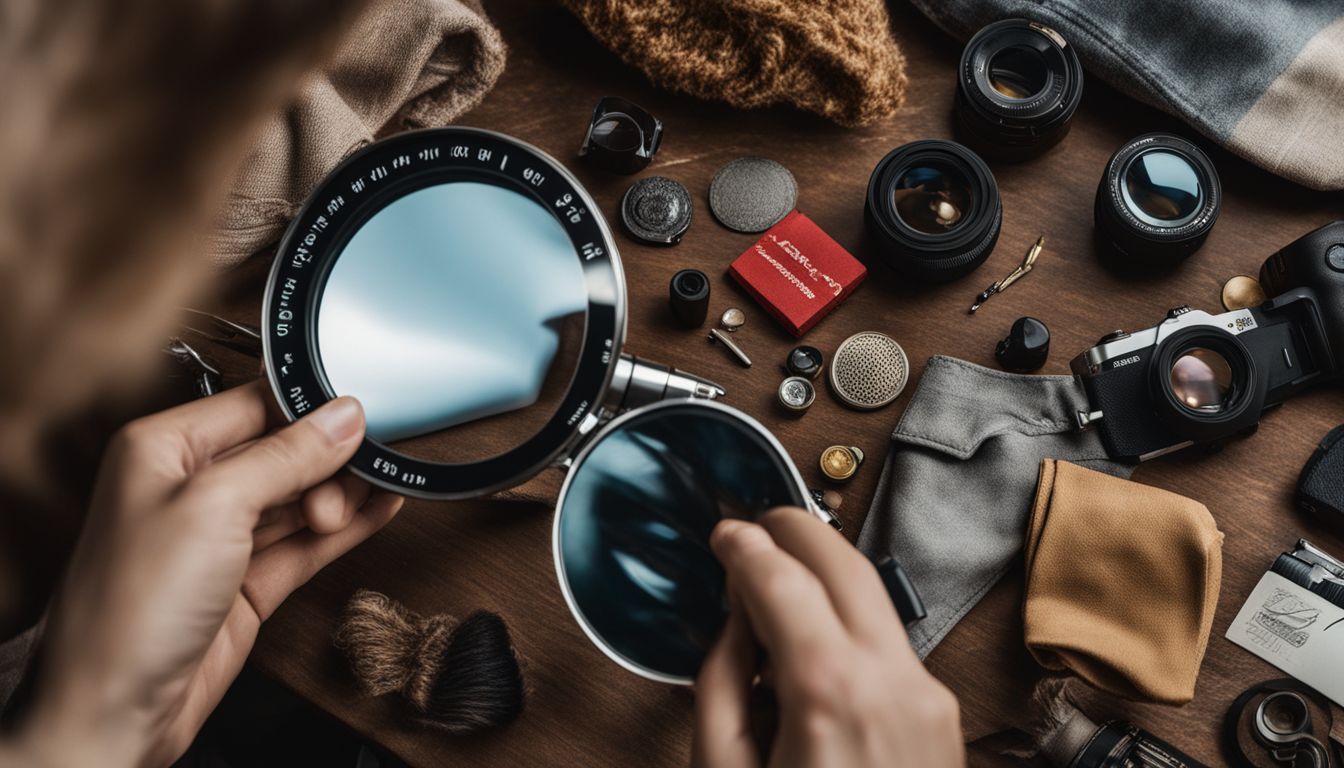
Before purchasing or wearing second-hand clothes, it’s important to inspect them thoroughly. Check each item for any visible stains, damage, or signs of wear and tear. This includes looking for holes, missing buttons or zippers, and loose threads.
Additionally, pay attention to the fabric condition and ensure there are no unpleasant smells. By carefully examining the clothes before buying them, you can avoid bringing home items that may be unsanitary or in poor condition.
Remember that while some stores may inspect their items before selling them, it’s still crucial to do your own inspection for peace of mind and personal hygiene purposes.
Wash and disinfect before wearing
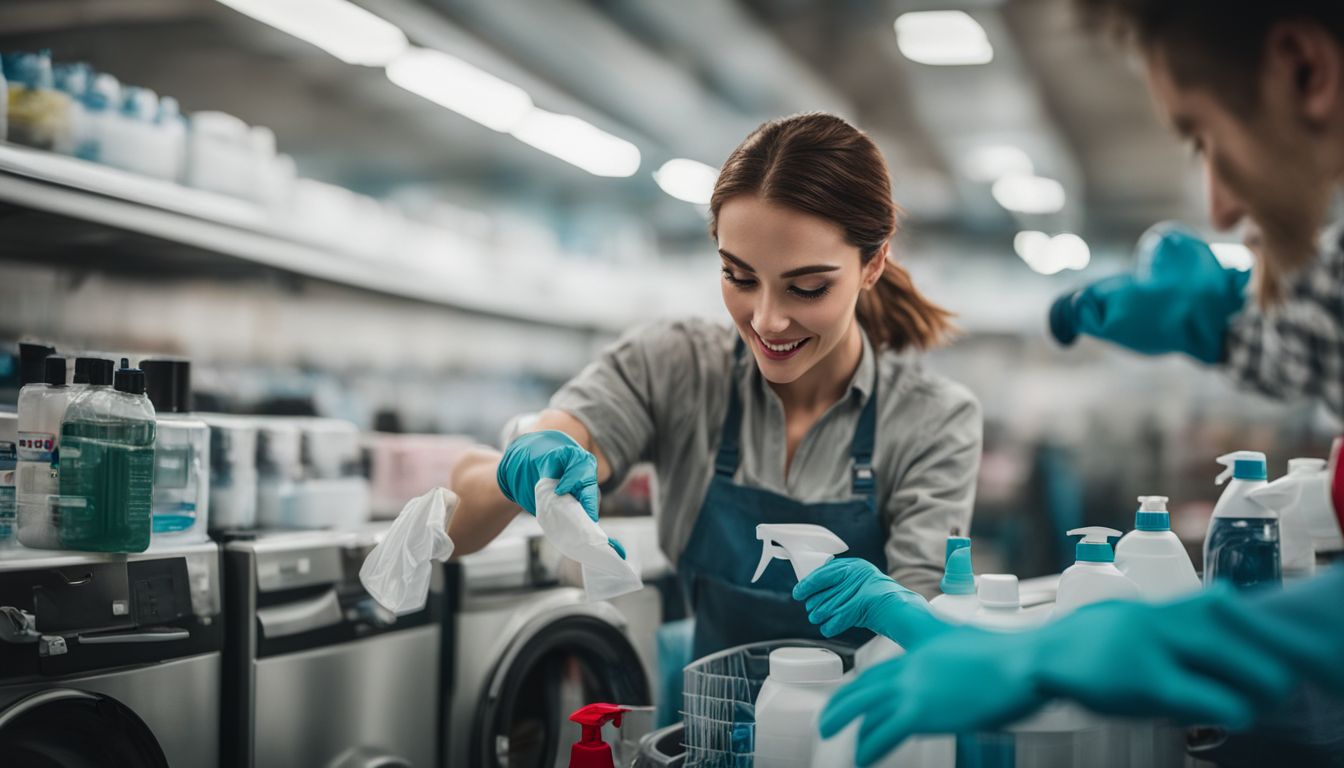
To ensure safe second-hand clothing, it’s important to wash and disinfect the items before wearing them. Here are some tips to follow:
- Separate the clothes: Sort the items based on their color and fabric composition.
- Check the care labels: Read the care instructions on the clothing labels to determine the appropriate washing method.
- Pre-treat stains: If you notice any visible stains, treat them with a stain remover or detergent before washing.
- Use warm water: Wash the clothes in warm water to help remove any dirt or germs effectively.
- Use a disinfectant: Add a disinfecting solution or laundry sanitizer to the wash cycle to kill any bacteria or viruses present on the clothes.
- Dry thoroughly: After washing, dry the clothes completely before wearing them. Use a dryer if possible, as heat helps eliminate any remaining germs.
- Iron if necessary: If you prefer, ironing can further sanitize and steam out wrinkles from the clothes.
Avoid items with visible stains or damage

When shopping for second-hand clothes, it’s important to avoid items that have visible stains or damage. This is because stains may indicate the presence of bacteria or other harmful microorganisms.
Additionally, damaged clothing can pose a safety risk and may not provide adequate protection or comfort. By choosing items in good condition, you can reduce the likelihood of potential health risks and ensure that you’re getting quality clothes that will last longer.
Pay attention to fabric composition

Make sure to check the fabric composition when buying second-hand clothes. Some fabrics may be more prone to causing allergies or skin irritations, so it’s important to know what you’re getting.
For example, synthetic materials like polyester and acrylic can cause discomfort for some people. On the other hand, natural fibers like cotton or linen tend to be more breathable and less likely to cause irritation.
Being mindful of fabric composition can help you choose clothes that are comfortable and safe for your skin.
Benefits of Wearing Second-Hand Clothes

Wearing second-hand clothes offers the benefits of sustainable fashion, affordability, and a unique style. Find out more about why these clothes are worth considering for your wardrobe.
Sustainable fashion
Sustainable fashion is an important aspect of wearing second-hand clothes. By choosing to buy used clothing, you are helping to reduce textile waste and lessen the environmental impact of the fashion industry.
The production of new clothing can be polluting, but by prolonging the life cycle of clothes through second-hand purchases, you are being eco-friendly. Additionally, buying secondhand clothes is a great way to save money and create a unique style that stands out from fast fashion trends.
It’s a win-win situation for both your wallet and the planet!
Affordability
Buying second-hand clothes is a great way to save money. It can be much more affordable than buying brand new clothing from stores. Second-hand clothes are often sold at thrift stores or online platforms at lower prices compared to their original retail price.
This means that you can find stylish, high-quality pieces without breaking the bank. By choosing to wear second-hand clothes, you not only save money but also contribute to sustainable fashion by reducing textile waste and decreasing your overall consumption of new clothing items.
So, if you’re looking for budget-friendly options and want to support a more eco-friendly fashion industry, buying second-hand clothes is a smart choice.
Unique style
Wearing second-hand clothes can give you a unique style that sets you apart from others. By choosing pre-owned clothing, you can find vintage pieces and one-of-a-kind items that are not commonly found in regular stores.
This allows you to express your personal style and stand out from the crowd. Plus, buying second-hand clothes promotes sustainable fashion by reducing textile waste and supporting a circular economy.
So not only do you get to showcase your individuality, but you also contribute to a more eco-friendly fashion industry.
Conclusion

Wearing second-hand clothes can be safe as long as certain precautions are taken. By inspecting, washing, and disinfecting the clothes before wearing them, you can reduce the risk of potential health issues.
Not only is buying second-hand clothing more sustainable and affordable, but it also allows for a unique sense of style. So go ahead and embrace the world of second-hand fashion, knowing that with proper care, it can be both safe and stylish!
FAQs
1. Are second hand clothes safe to wear?
Yes, second hand clothes are generally safe to wear as long as they are properly cleaned and in good condition.
2. How can I ensure that second hand clothes are safe to wear?
To ensure the safety of second hand clothes, you should thoroughly inspect them for any damage or stains, wash them with detergent and hot water, and dry them properly before wearing.
3. Can wearing second hand clothes cause skin allergies or infections?
While it is possible for some people to have allergic reactions or skin infections from certain fabrics or bacteria on used clothing, proper cleaning and personal hygiene greatly reduce these risks.
4. Is there anything else I should consider when wearing second hand clothes?
When wearing second hand clothes, it’s important to check the fabric care instructions and follow them to avoid damaging the garments. Additionally, if you have specific sensitivities or allergies, be mindful of the materials used in the clothing.







